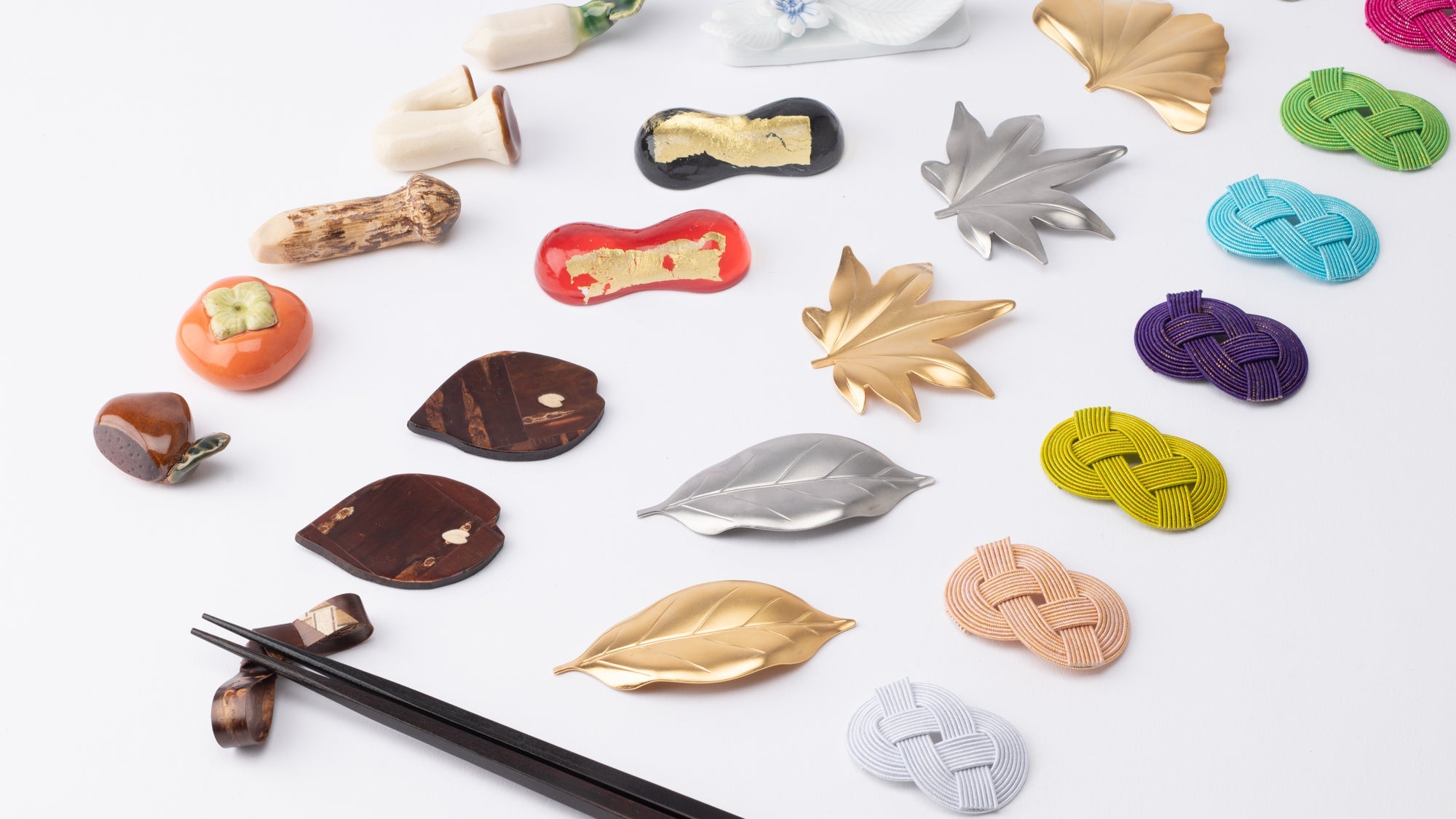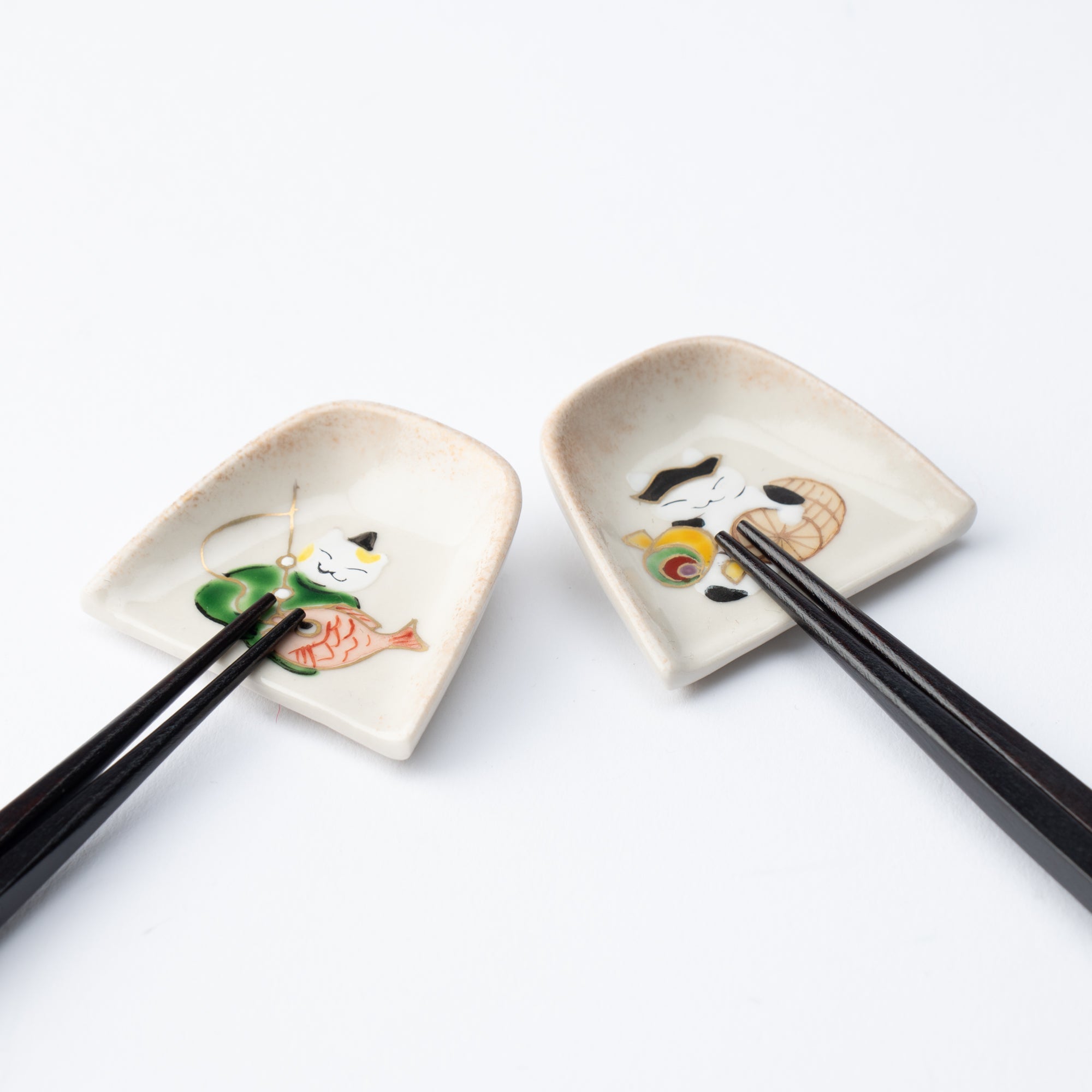
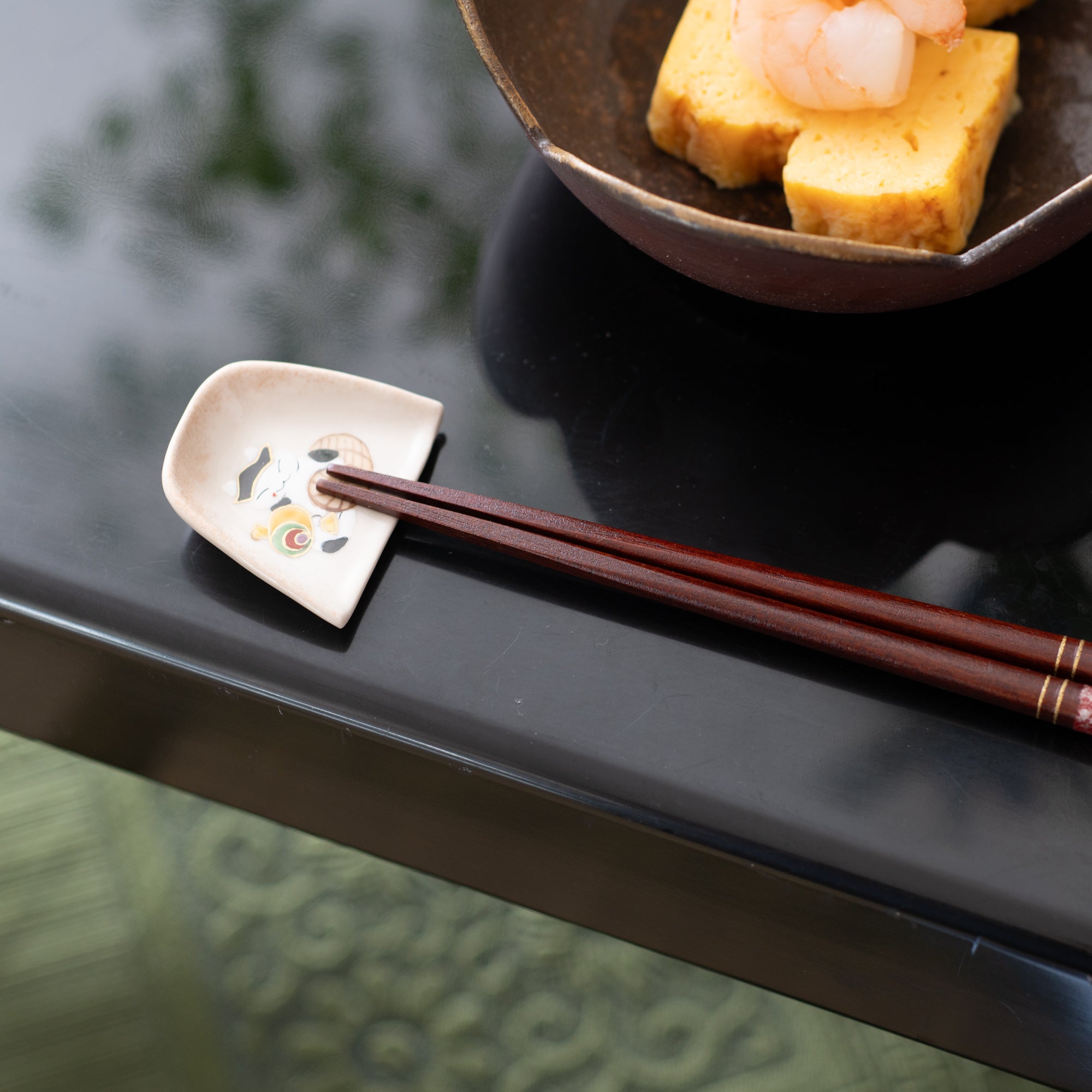
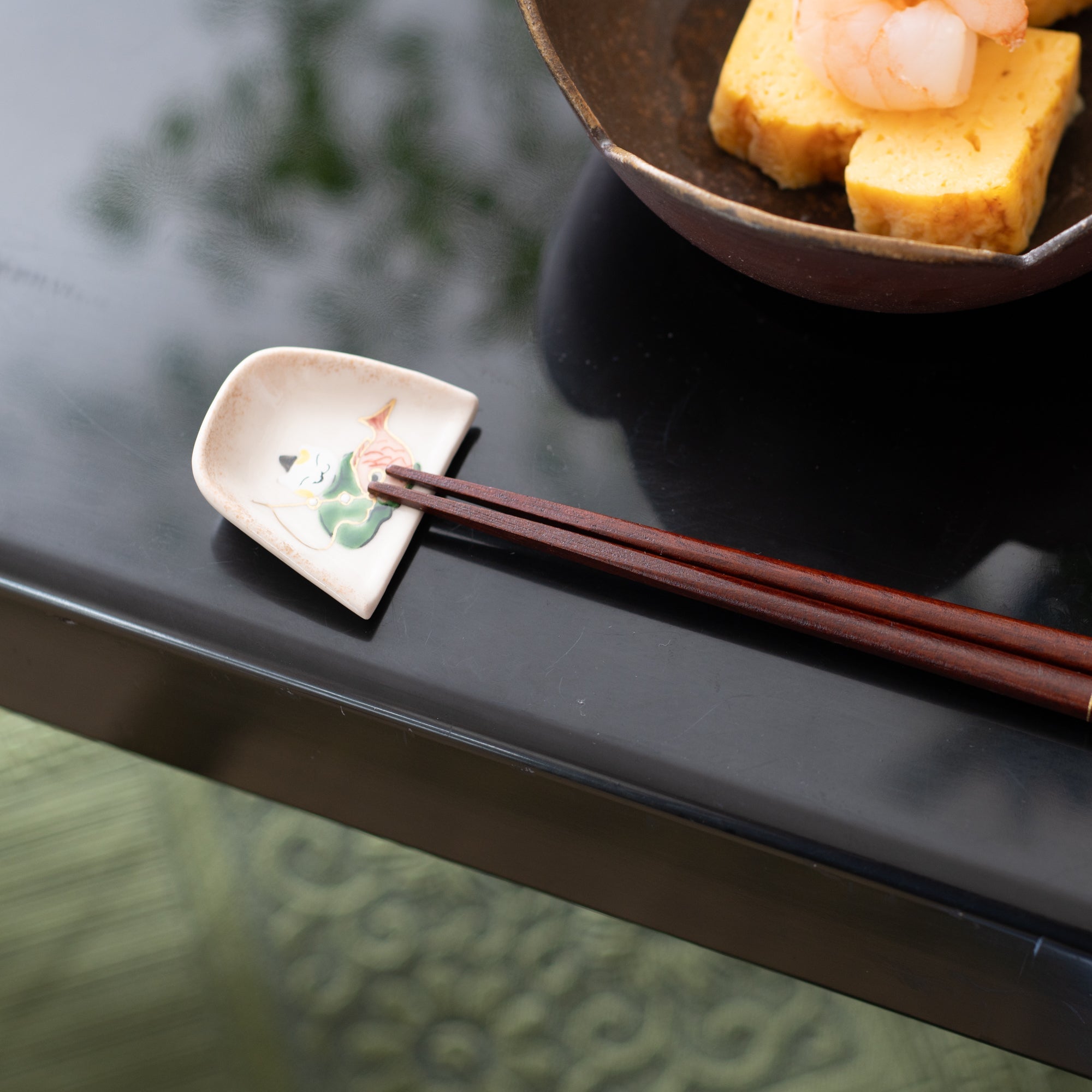
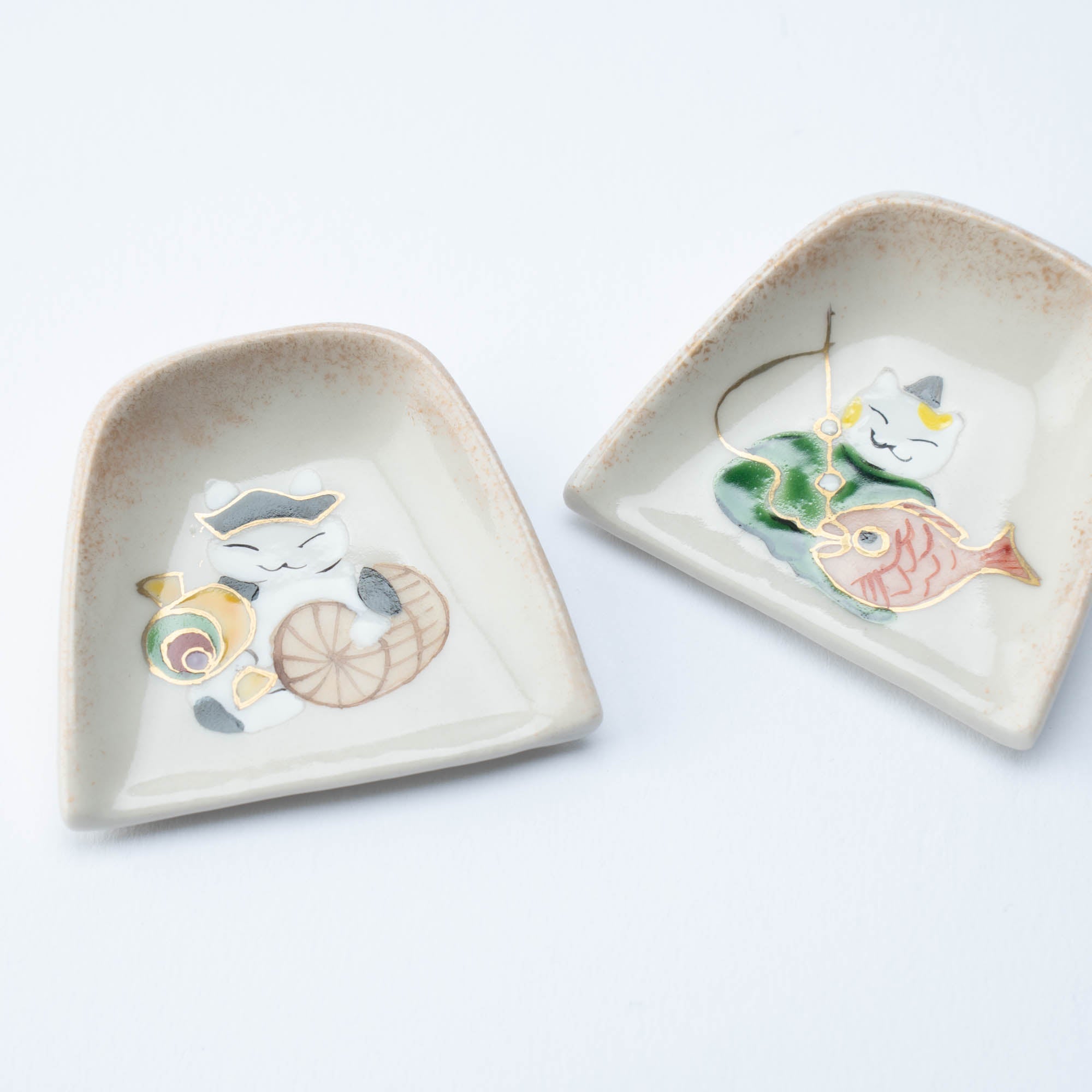
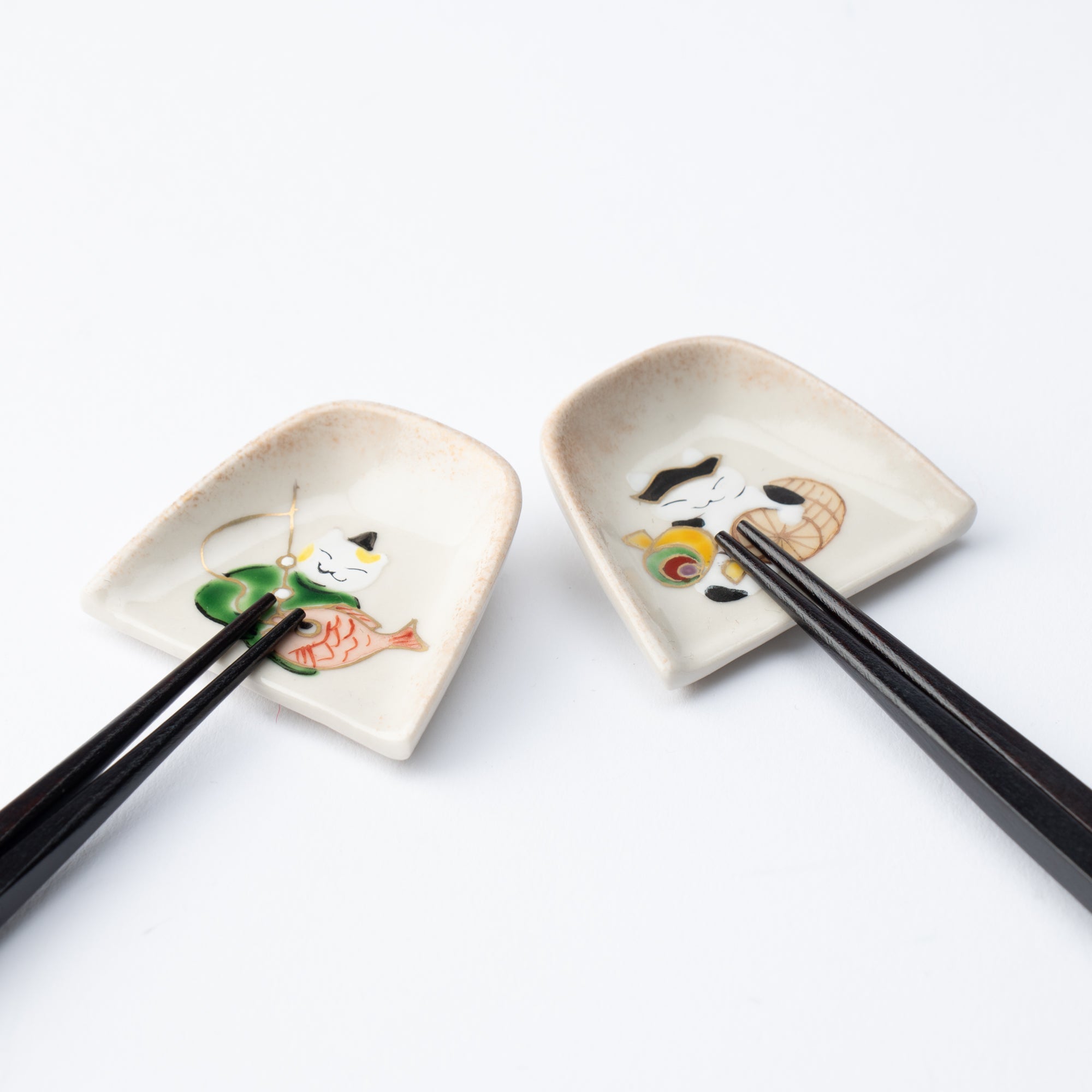
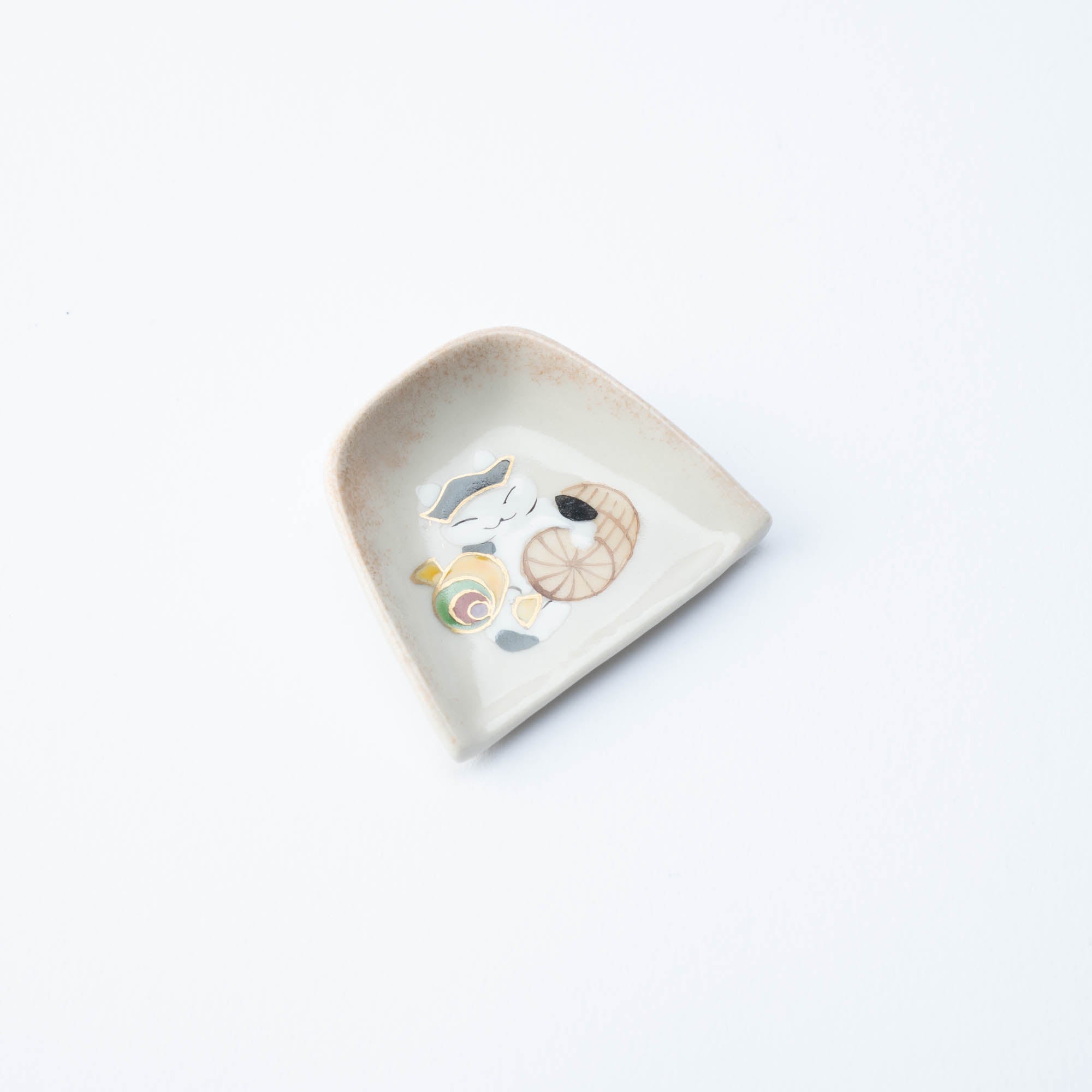
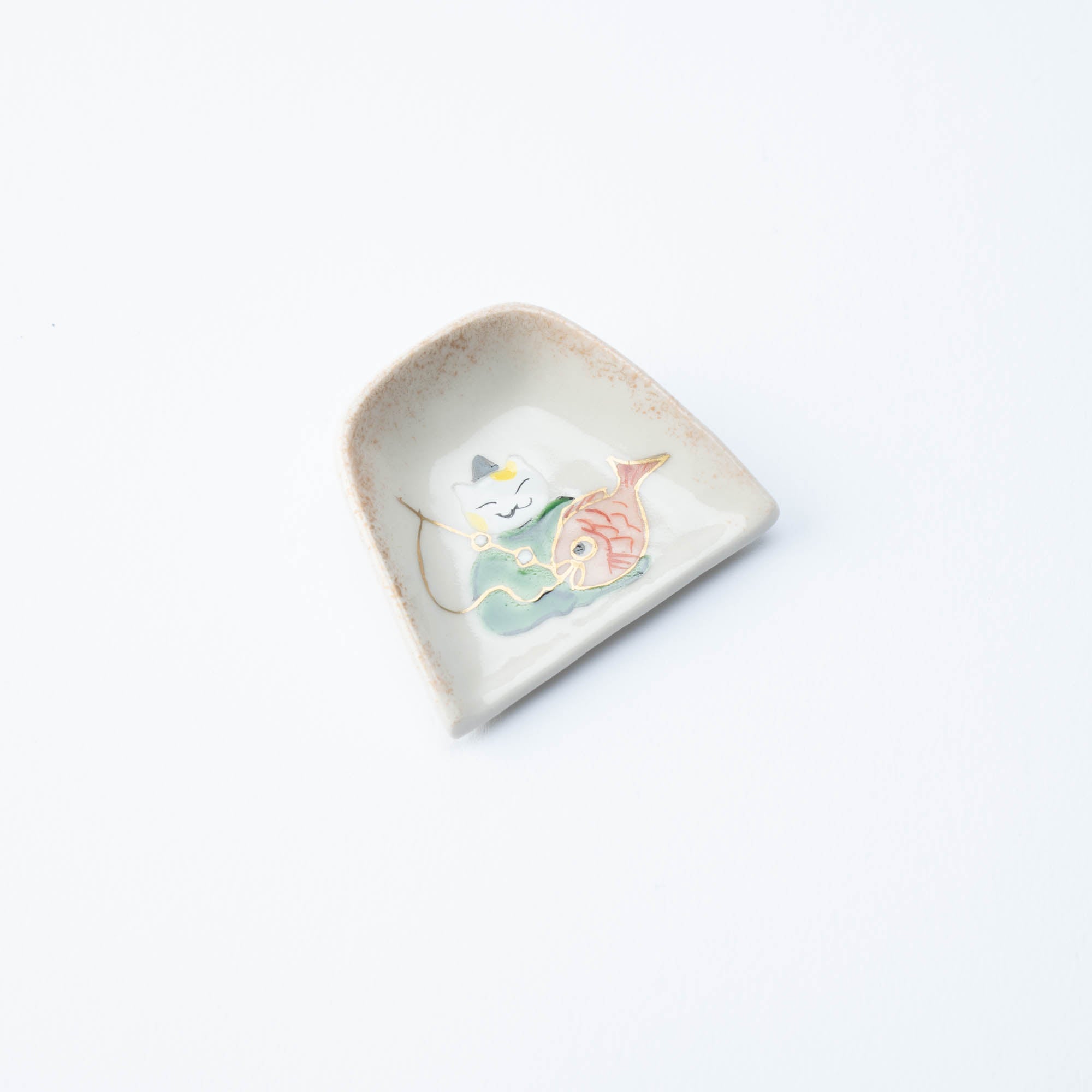
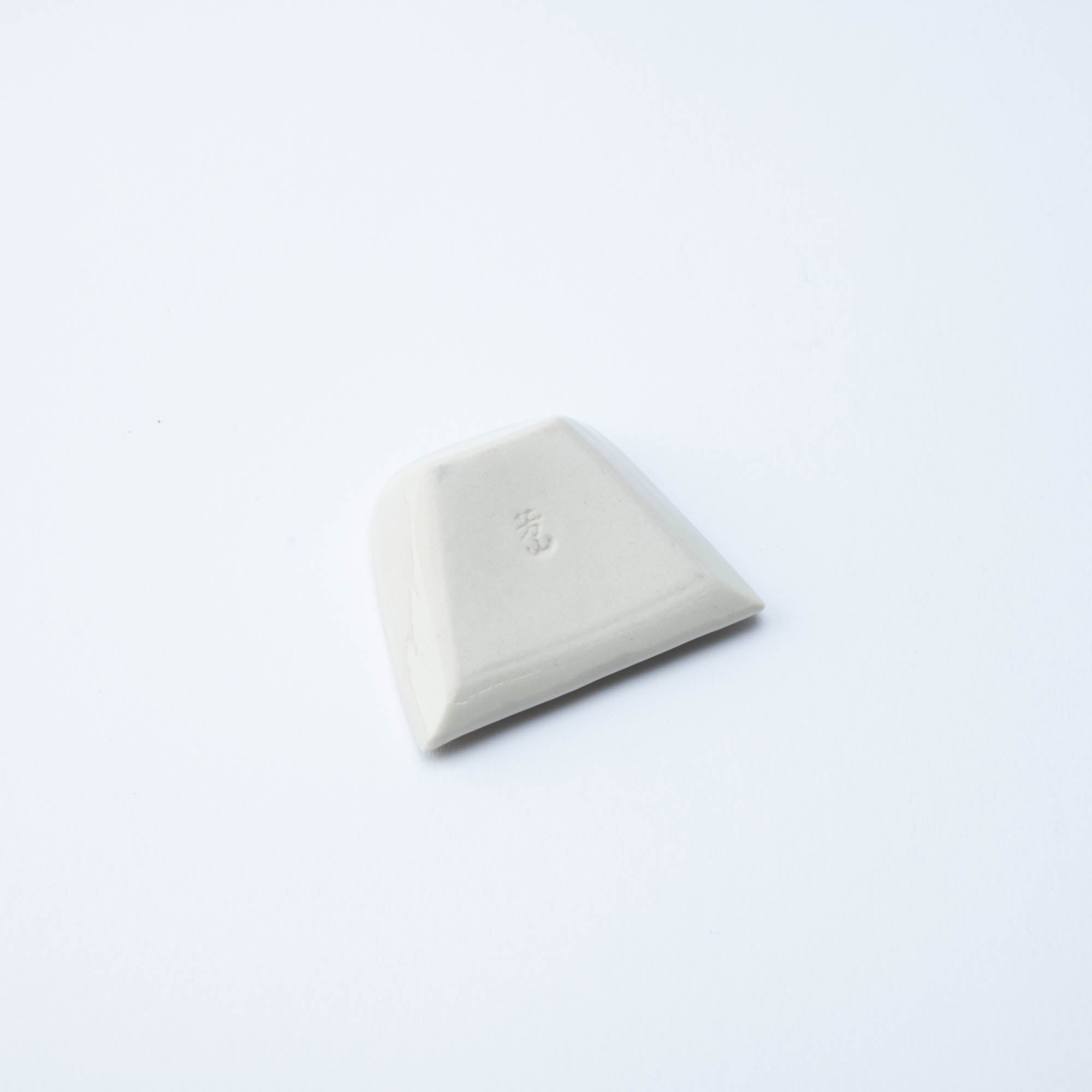
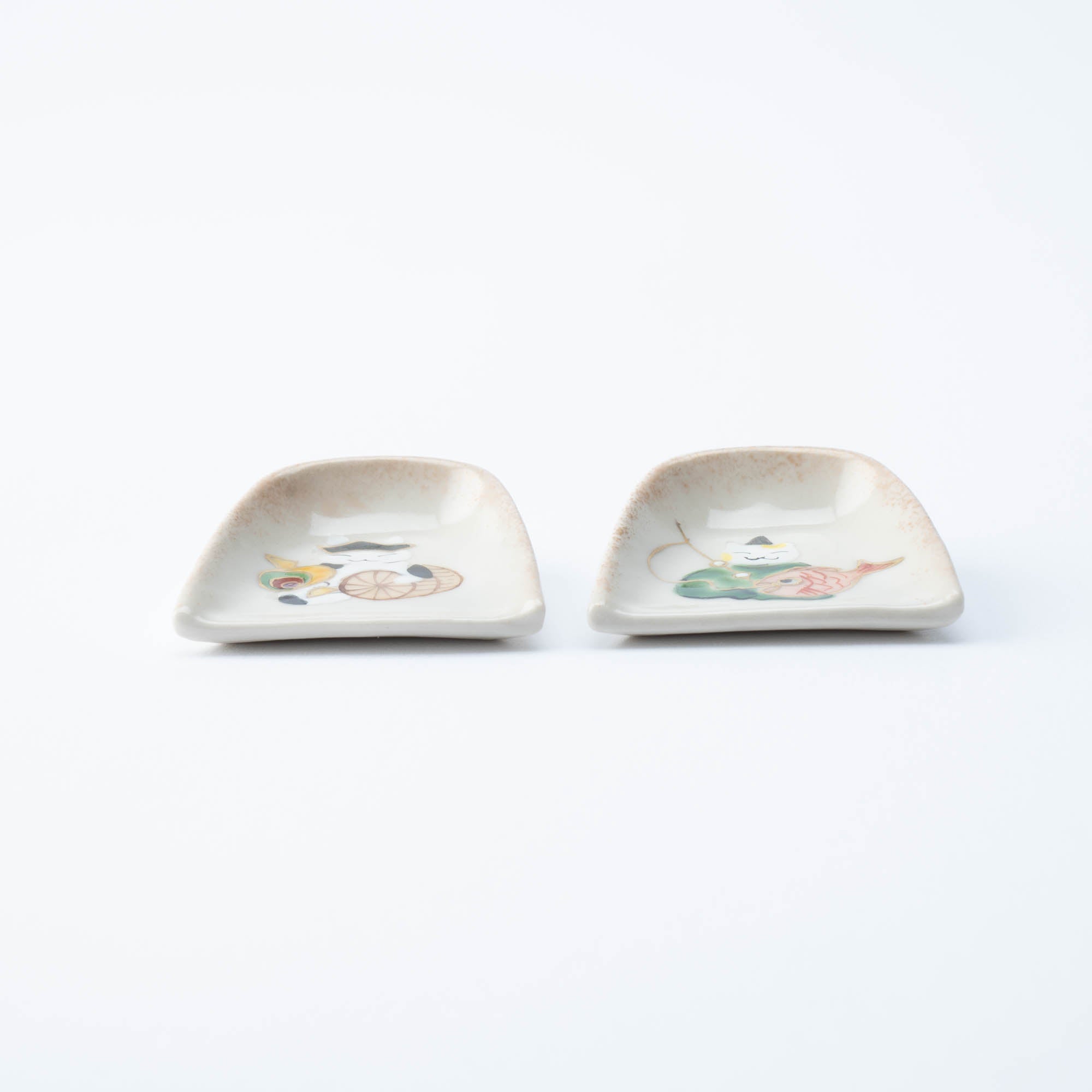
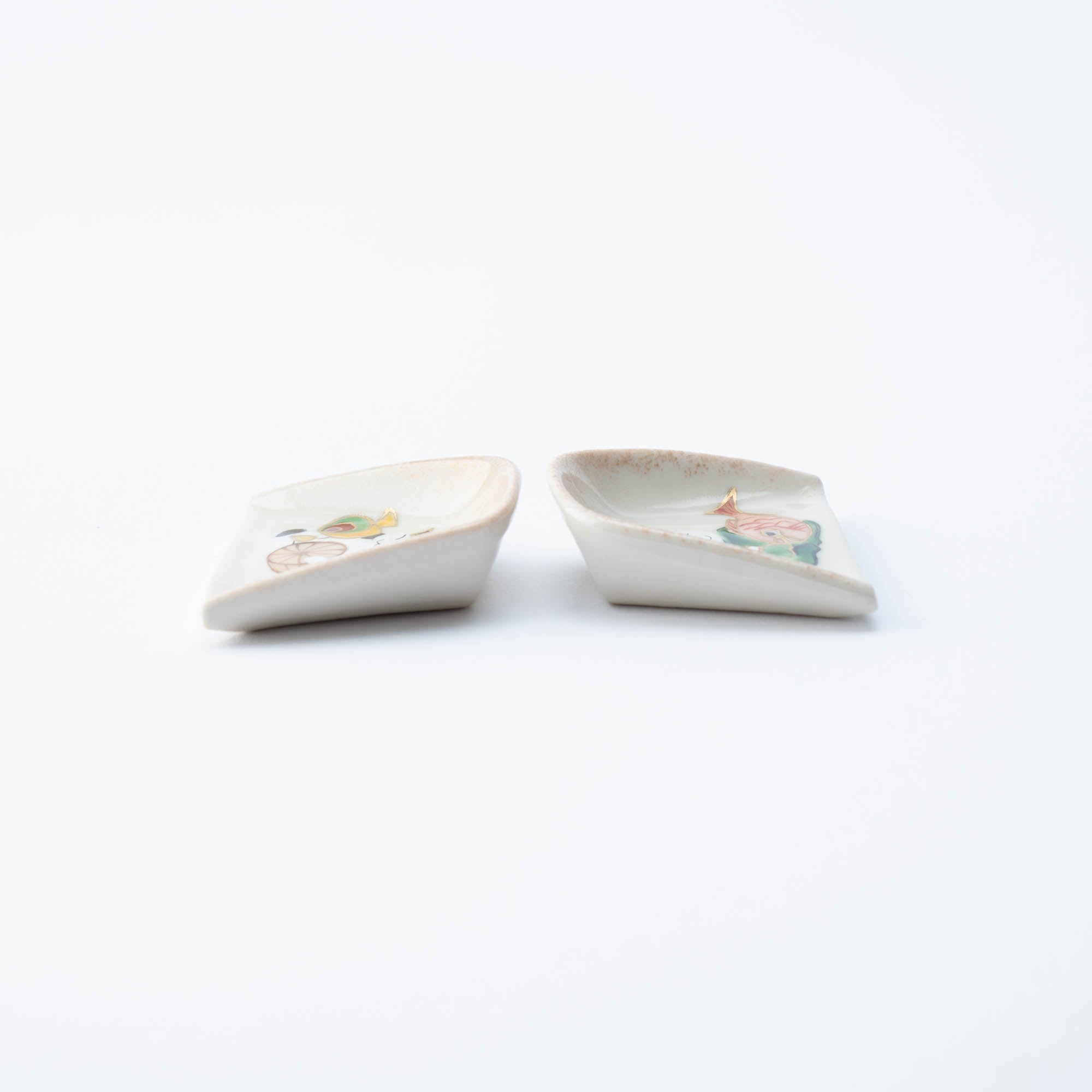
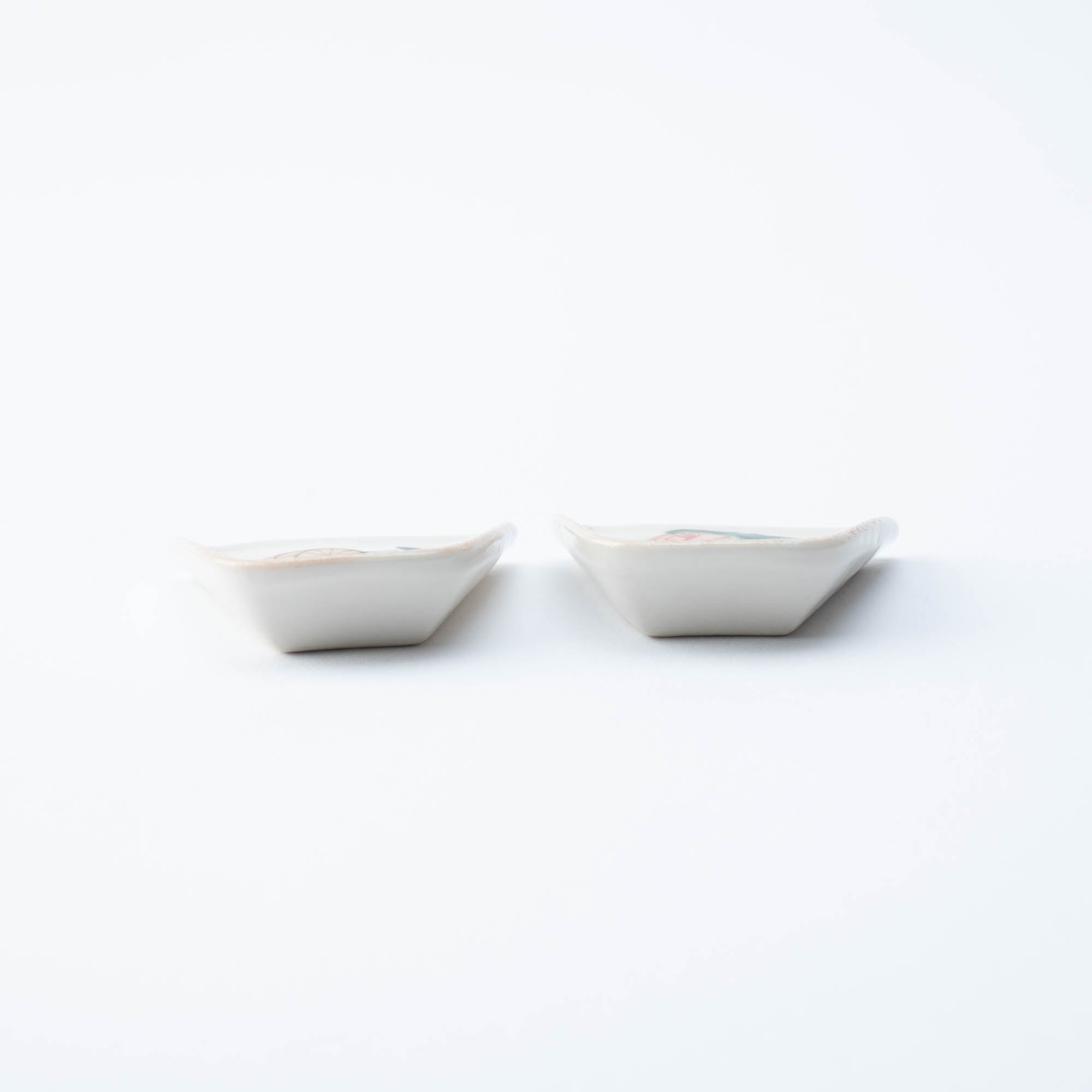
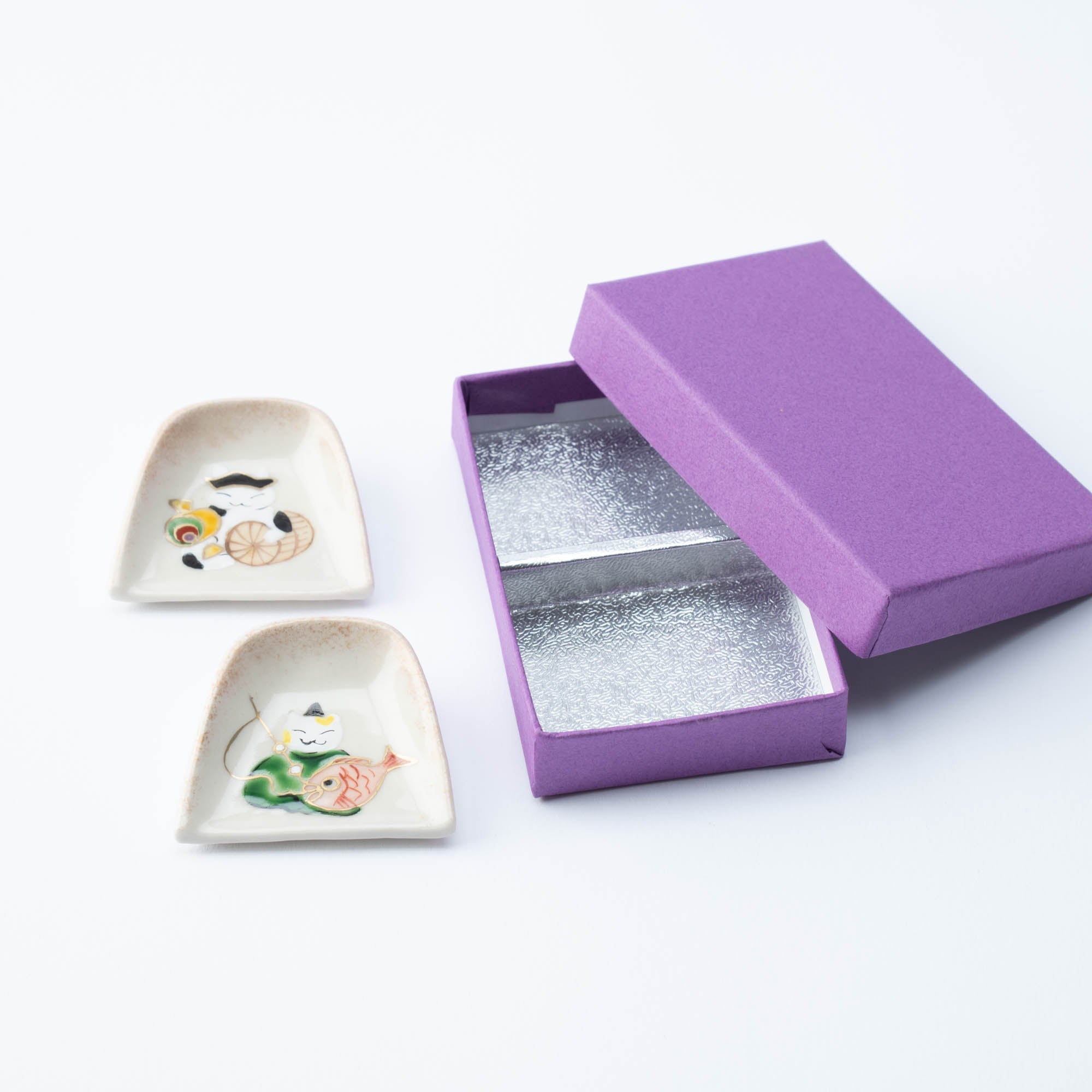
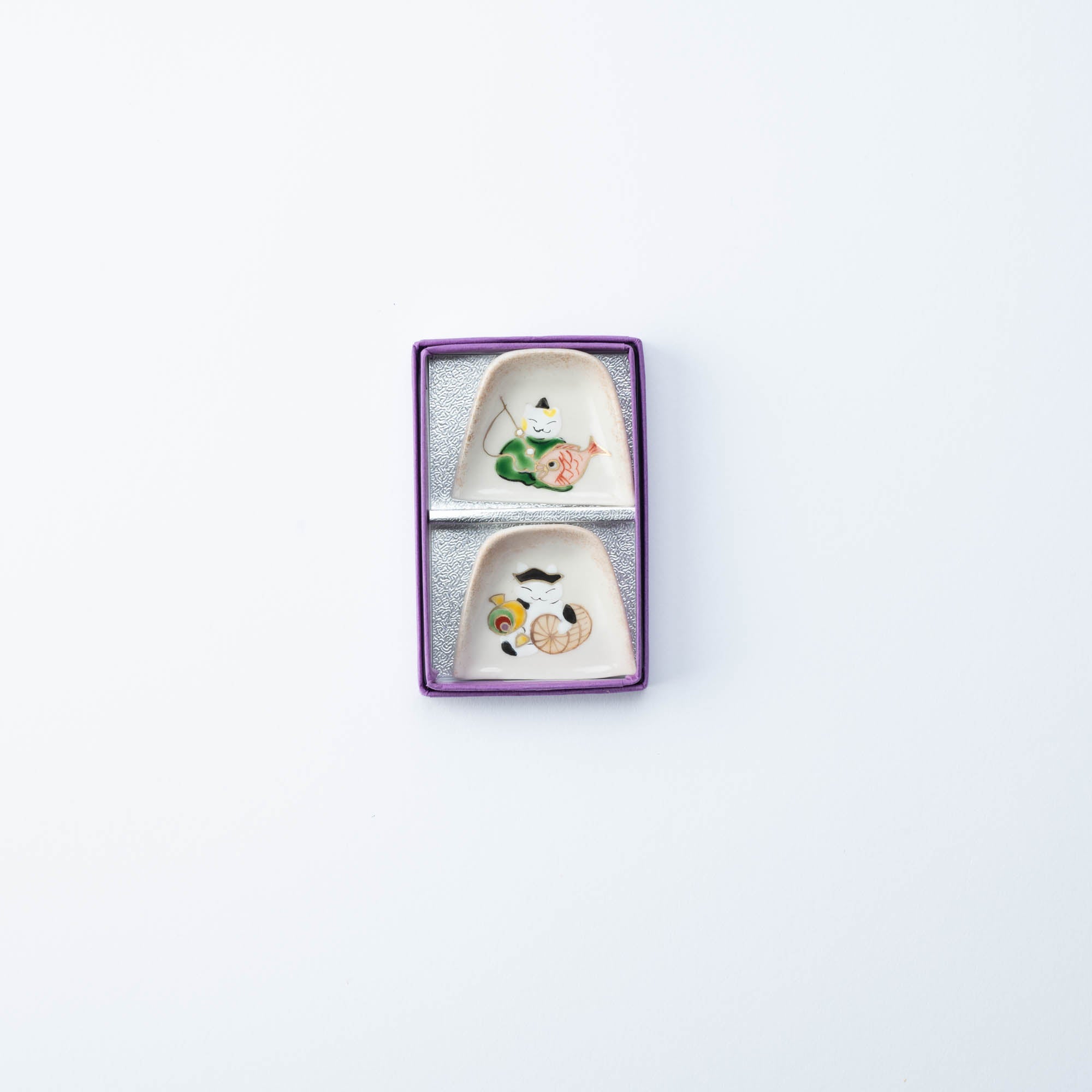
Twin Lucky Gods Katzen-Essstäbchenablage Satz
Estimated Shipping Widget will be displayed here!
Dieses Set enthält Essstäbchenhalter in Form eines traditionellen Strohumhangs, auf denen Katzen abgebildet sind, die als Ebisu und Daikokuten, zwei der sieben Glücksgötter, verkleidet sind.
Ebisu, der Gott der Fischer, ist als Gottheit des erfolgreichen Geschäfts bekannt. Er wird mit einer Dorade in der linken Hand und einer Angelrute in der rechten dargestellt, was Glück symbolisiert, wie die Dorade im Japanischen tai ist ein Homophon für medetai bedeutet glückverheißend.
Daikokuten hingegen hält einen Reisballen und einen Zauberhammer in seiner rechten Hand, was Reichtum, Glück und Wohlstand symbolisiert. Die beiden fröhlichen Gesichter auf diesen Essstäbchenablagen zaubern Ihnen garantiert ein Lächeln ins Gesicht.
Diese Ablagen bieten eine glatte Textur und Stabilität und verbessern so Ihr Speiseerlebnis. Die goldene Farbe dieser Ablagen verleiht Ihrem Esstisch eine funkelnde und festliche Note.
Dieses Set wird in einer schönen, dekorativen Schachtel geliefert und ist somit eine ausgezeichnete Wahl als Geschenk.
EINZELHEITEN
| Quantity | 2 pcs |
| Size | L 4 cm (1.5 in) x W 4.5 cm (1.7 in) x H 1.5 cm (0.6 in) |
| Material | Stoneware |
| Package Type | Paper box |
| Microwave | No |
| Dishwasher | No |
Hersteller / Marke
Der Hozan-Ofen in Kyoto konzentriert sich hauptsächlich auf Unterglasur-Emaillierungstechniken, insbesondere gosu, und ist spezialisiert auf die Herstellung von netzbemaltem Geschirr und zart bemalten Essstäbchenablagen, die mit saisonalen Motiven verziert sind.
Die Geschichte von Hozan Kiln reicht bis ins Jahr 1951 zurück, als das Unternehmen als Kato Yukichi Seisakusho (Kato Yukichi Fabrik) gegründet wurde. Später wurde der Name in Hozan Kiln geändert. Der derzeitige Eigentümer, Kato Yoshitsugu, vertritt die dritte Generation.
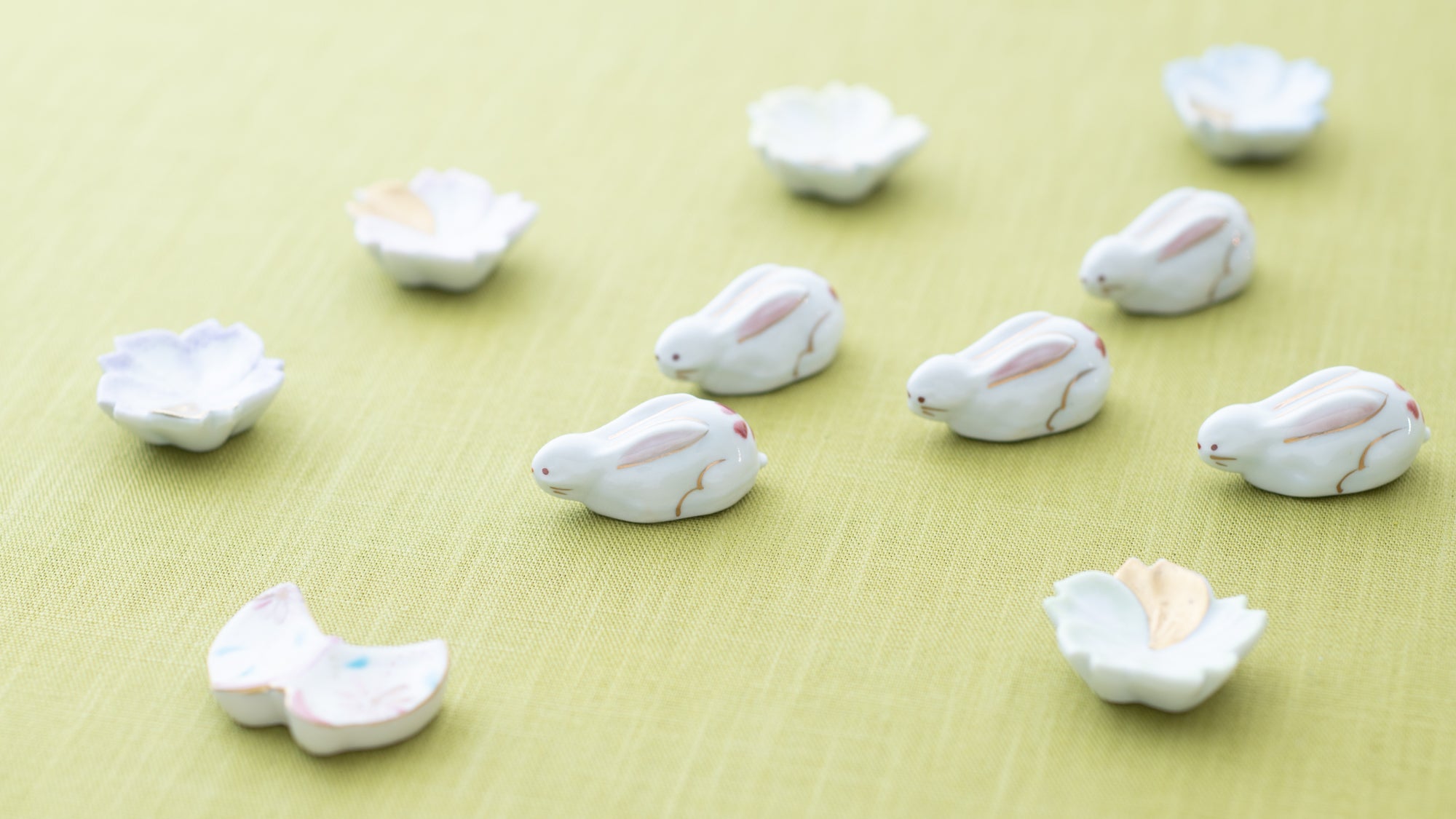
Kunsthandwerk
Kyo- und Kiyomizu-Ware, zusammen als Kyo-yaki und Kiyomizu-yaki bekannt, sind berühmte Keramikstile aus Kyoto. Bekannt für ihr lebendiges Design, ihre fein geformten Formen und die Liebe zum handwerklichen Detail, spiegeln diese Waren Kyotos unverwechselbaren Sinn für Schönheit und künstlerische Raffinesse wider.
Kyo- und Kiyomizu-Ware zeichnen sich durch eine lange gepflegte Vielfalt aus und greifen auf Techniken und Stile der Töpfertraditionen Japans zurück. So entwickelte sich eine ausdrucksstarke und typisch Kyoto-Kunstform. 1977 als traditionelles japanisches Kunsthandwerk anerkannt, werden sie bis heute wegen ihrer kulturellen Tiefe und Alltagstauglichkeit geschätzt.

Optionen auswählen













Estimated Shipping Widget will be displayed here!
Essstäbchenablagen
Essstäbchenhalter verleihen Ihrem Tisch einen Hauch japanischen Stils. Eine Mischung aus Alltagsgegenständen und besonderen Anlässen macht Ihren Tisch für jeden Anlass bereit. Wir haben handgefertigte Essstäbchenhalter aus ganz Japan ausgewählt, um Ihr kulinarisches Erlebnis noch angenehmer zu gestalten. Von verspielten Porzellanformen bis hin zu eleganten Metalldesigns verleihen diese kleinen Akzente jedem Ambiente einen besonderen Charme.
